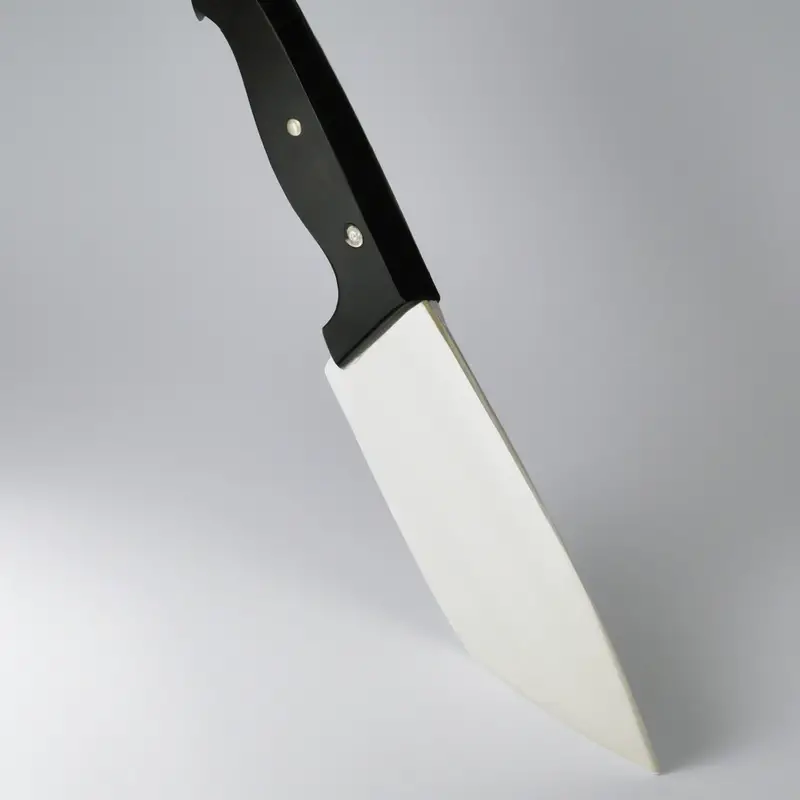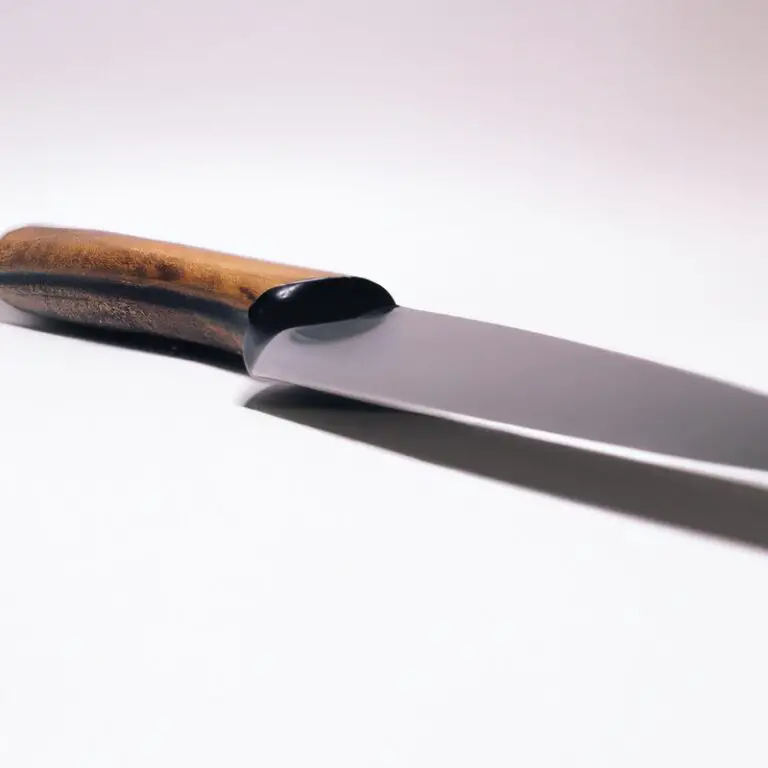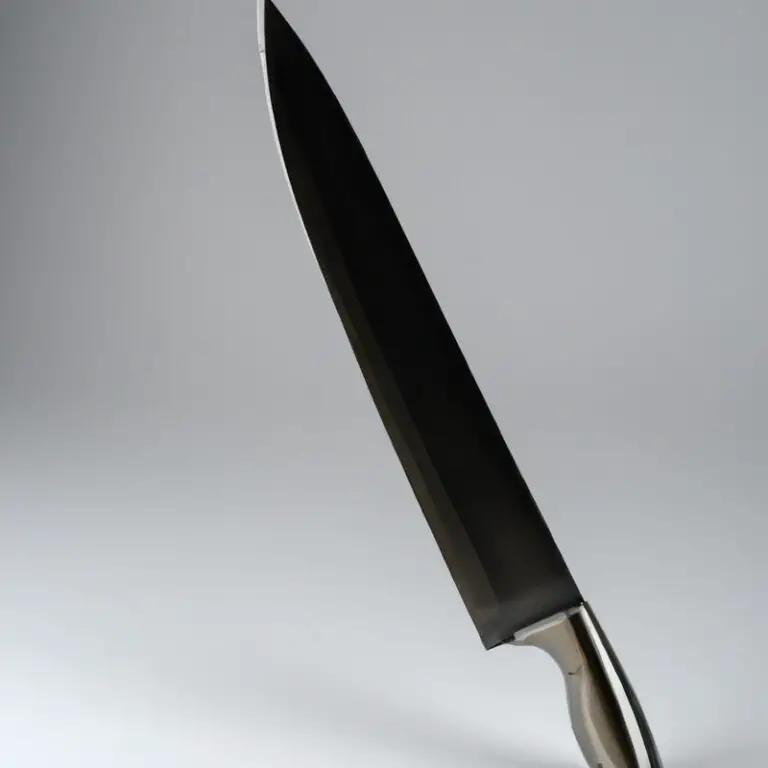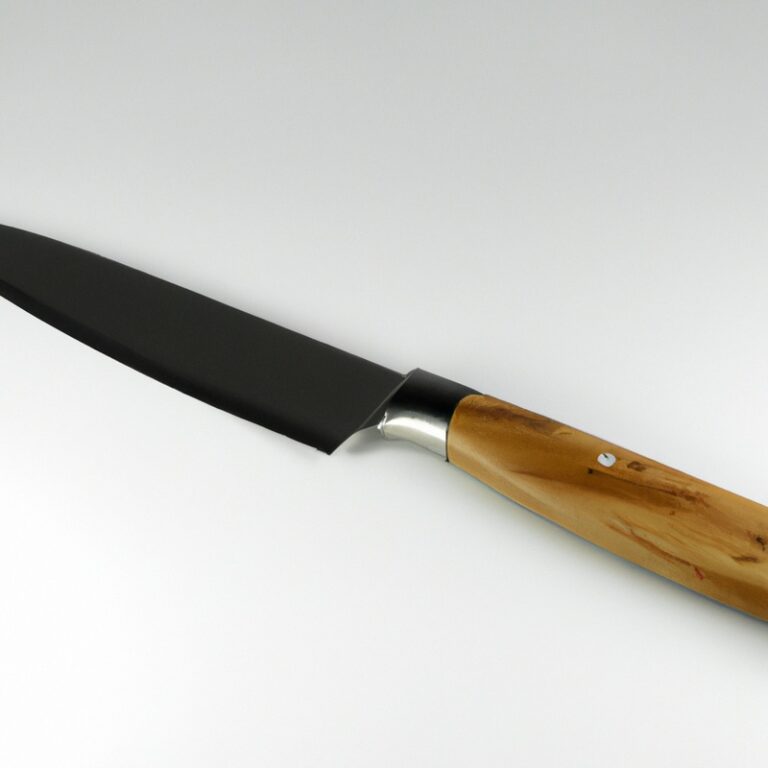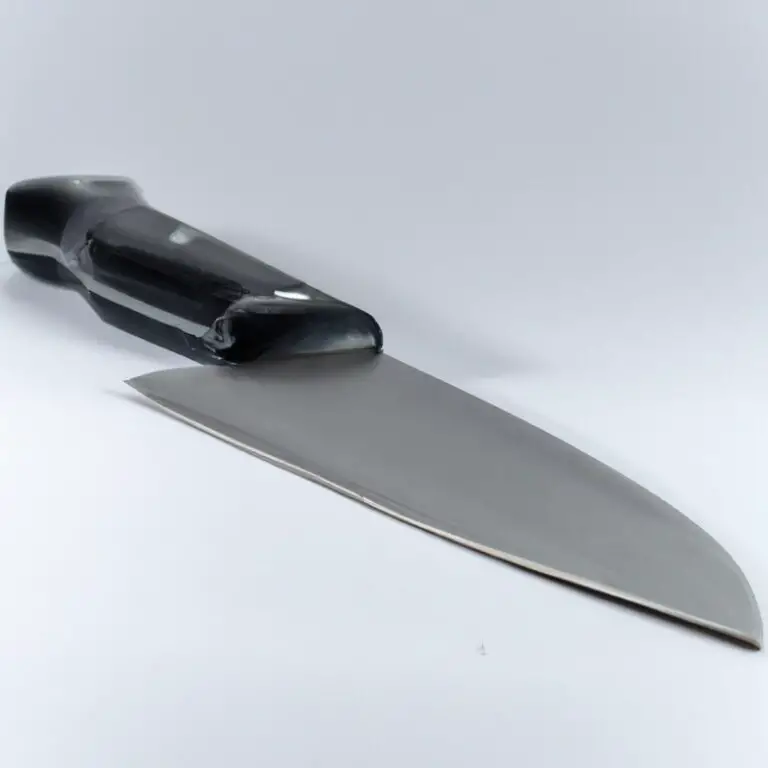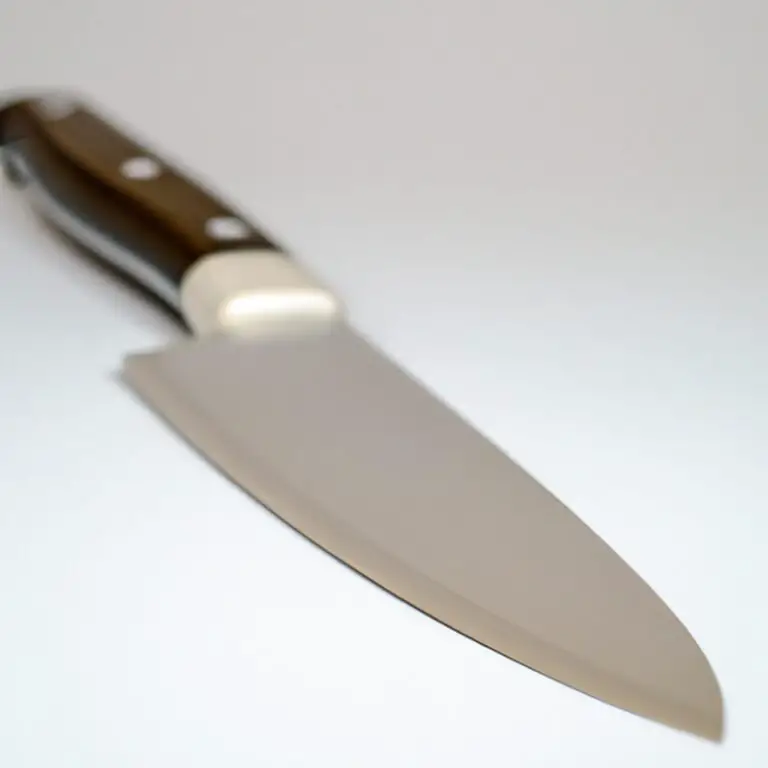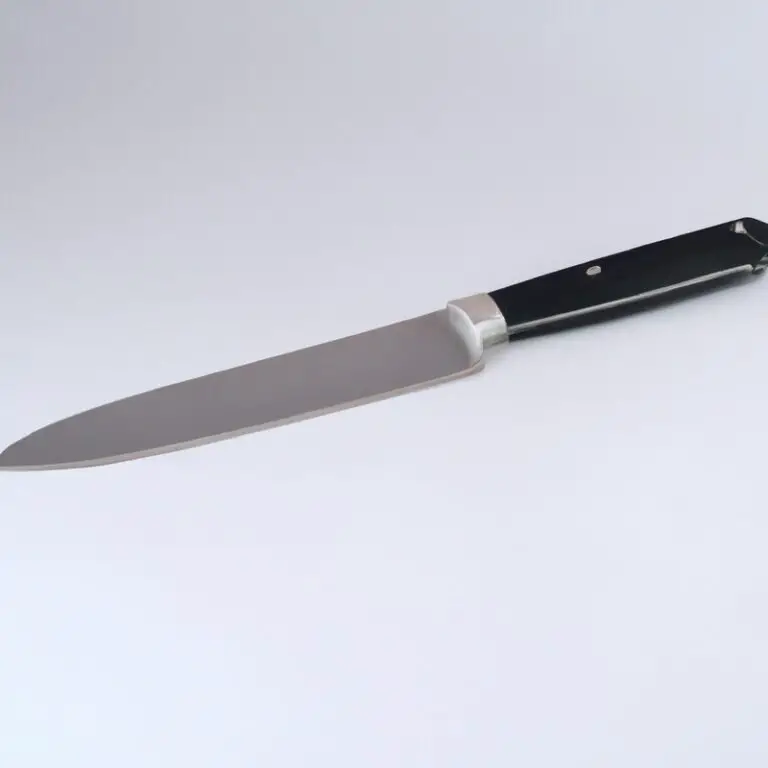What Tasks Can Be Performed With a Fillet Knife?
Key Takeaways:
- Fillet knives are highly specialized tools used for filleting fish and are the go-to choice for many anglers and chefs.
- In addition to filleting fish, fillet knives are also great for skinning, trimming, and cleaning meat, poultry, and vegetables.
- A good quality fillet knife should be sharp, flexible, and comfortable to hold, making it easier and faster to complete various kitchen tasks.
- Whether you’re a professional chef or a home cook, owning a quality fillet knife can save time and effort and turn cooking into a more enjoyable and efficient experience.
Are you planning to buy a fillet knife? Or maybe you already own one but aren’t sure what tasks it is best suited for?
Well, you are in the right place! As an avid fisherman and home cook, I can attest to the versatility and usefulness of a fillet knife beyond just filleting fish.
From removing bones to trimming meat, slicing vegetables to descaling fish – a fillet knife can be your go-to tool in the kitchen. So, let’s dive in and explore the various tasks that can be performed with a fillet knife.
| Task | Description |
|---|---|
| Removing Skin | A fillet knife is ideal for removing the skin from fish or poultry. |
| Boning Meat | Fillet knives are also great for removing bones from meat, such as chicken or beef. |
| Cutting Vegetables | The thin, flexible blade of a fillet knife makes it easy to slice vegetables like peppers, onions, and mushrooms with precision. |
| Slicing Fruit | Fruits like melons, pineapples, and mangoes are perfect for fillet knives because of their softness and the precision required to remove the skin and cut into the flesh. |
| Trimming Fat | In addition to removing skin, a fillet knife can be used to trim fat from meat, which is especially useful when trying to maintain a healthy diet. |
Understanding fillet knives: What are they and how are they different from other knives?
Fillet knives are specialized knives used primarily for filleting fish, but they are also versatile enough to be used for other tasks such as trimming meat and preparing vegetables. What sets fillet knives apart from other knives is their long, thin, and flexible blade that allows for clean and precise cuts.
Unlike other knives with thick blades, fillet knives can easily navigate around bones and other obstacles, making them ideal for filleting fish and removing bones.
Additionally, fillet knives are designed with ergonomics in mind, providing a comfortable grip and reducing hand fatigue during long cutting sessions. Whether you are a professional chef or an avid home cook, a fillet knife is an essential tool to have in your kitchen.
Filleting fish: A step-by-step guide on how to use a fillet knife for clean and precise cuts
To fillet a fish using a fillet knife, follow these simple steps:
- Place the fish on a cutting board and make an incision behind the gills, down to the spine.
- Turn the fish over and repeat the incision on the other side.
- Using the tip of the fillet knife, follow the bones along the spine, cutting through the flesh to remove the fillet in a single piece.
- Repeat on the other side of the fish.
- Use the fillet knife to remove any remaining bones and skin from the fillets.
Remember to keep the knife sharp and use smooth strokes to avoid damaging the flesh. With practice, filleting fish with a fillet knife will become effortless and you will achieve clean and precise cuts every time.
Removing bones: Learn how a fillet knife can help you remove bones from fish with ease
On the topic of removing bones from fish, a fillet knife can be an invaluable tool. The thin and flexible blade of a fillet knife can maneuver around bones with precision, allowing for clean cuts and minimal waste.
When using a fillet knife, start by making an incision along the spine of the fish and use the blade to gently scrape the meat away from the bones.
Work slowly and steady to avoid damaging the flesh or breaking the bones. With a bit of practice, you’ll find that a fillet knife makes the process of removing bones much easier and efficient than using a standard chef’s knife.
Trimming meat: Discover how a fillet knife is useful for trimming fat and other unwanted portions of meat
A fillet knife is a handy tool for trimming meat. Its sharp and flexible blade allows for clean, precise cuts, making it easier to remove unwanted portions such as fat and gristle.
Additionally, the thin blade of a fillet knife allows the user to reach tight spaces that other knives might struggle with.
When trimming meat, it’s crucial to have a sharp blade to avoid ragged cuts and to ensure proper cooking. Using a fillet knife can also help reduce waste by allowing for more efficient trimming.
Overall, a fillet knife is a great addition to any kitchen, and it’s worth investing in a high-quality one for the best results.
Preparing vegetables: See how a fillet knife can be used for precision cuts on vegetables and fruits
A fillet knife isn’t just for fish! It can also be used for precision cuts on vegetables and fruits. Due to its thin, flexible blade, a fillet knife can make intricate cuts with ease.
It is ideal for tasks like removing the skin from tomatoes or peppers, trimming the stem from strawberries, or creating even slices of fruits like pineapple or melon.
A fillet knife is perfect for delicate cuts that require sharpness and precision. However, be cautious when using a fillet knife on hard vegetables like carrots or potatoes, as it may not be sturdy enough to handle the tough skin.
Overall, a fillet knife can be a versatile addition to your kitchen tools, allowing for precise cuts that enhance the presentation and taste of your fruits and vegetables.
Slicing meat: Find out how a fillet knife is great for slicing meat into thin portions for stir-fries and sandwiches
A fillet knife is an excellent tool for slicing meat into thin portions for stir-fries and sandwiches. Its long, slender blade is perfect for making clean, precise cuts, allowing you to easily separate meat from bone and trim away any excess fat.
Fillet knives are also useful for slicing meat against the grain, which makes for a more tender and flavorful end result.
To use a fillet knife for meat slicing, first, ensure the meat is well-chilled and firm. Then, wield the fillet knife with care, keeping it at an angle and using a smooth, fluid motion to slice thin pieces.
When finished, take the time to clean and store your fillet knife properly so that it will be ready for future use.
De-scaling fish: Learn how a fillet knife can help you descale fish before cooking
De-scaling fish is a necessary step before cooking as it helps to remove the fish’s scales, which can be tough and unpleasant to eat. A fillet knife can be useful in descaling fish as its thin and flexible blade allows for precise movements along the fish’s scales and skin.
To descale a fish, hold the fish firmly and place the blade of the fillet knife perpendicular to the scales.
Using a gentle sawing motion, glide the blade along the fish’s skin. Continue the process, moving with the grain of the scales until all scales are removed.
Remember to clean the fish and the knife after descaling to avoid contamination.
With a fillet knife, descaling fish before cooking can be a simple and efficient process, resulting in a better-tasting dish.
Skinning game: Discover how a fillet knife can assist in skinning wild game
Skinning game is a task that requires a sharp and precise tool, especially when dealing with wild game. A fillet knife can be a great tool for this job.
The long and flexible blade of a fillet knife makes it easier to navigate through the curves and contours of the animal’s body, ensuring a cleaner and more efficient skinning process.
Moreover, the sharpness of the blade allows for precise cuts, reducing the risk of damaging the meat. When using a fillet knife for skinning game, it is essential to keep the blade clean and sharp to avoid tearing the skin or damaging the meat.
Additionally, using the correct technique, such as starting from the legs and working towards the head, can also make the skinning process much easier.
With a fillet knife in hand, skinning game can be a precise and efficient task.

Sharpening your fillet knife: Tips and tricks for maintaining the sharpness and longevity of your fillet knife
To keep your fillet knife sharp and in excellent condition, it is essential to take proper care of it. Here are some tips and tricks for maintaining the sharpness and longevity of your fillet knife:
- Use a sharpening stone or honing steel to sharpen your knife regularly. A dull knife can be dangerous and cause you to use more force than necessary, making it more likely to slip and cause injury.
- Clean and dry your knife after each use. This prevents moisture and food debris from damaging the blade and handle. You can use a mild soap and water to clean the knife, and a soft towel or cloth to dry it.
- Store your knife properly. A knife block, sheath, or magnetic strip is an excellent option to shield the blade from damage.
- Avoid using your fillet knife on hard surfaces such as granite or metal. These surfaces can dull and damage the blade.
- Never put your fillet knife in the dishwasher. The high heat and harsh chemicals can damage the blade and handle.
By following these tips and tricks, you can maintain the sharpness and longevity of your fillet knife, ensuring that it will be ready to use for all of your filleting needs.
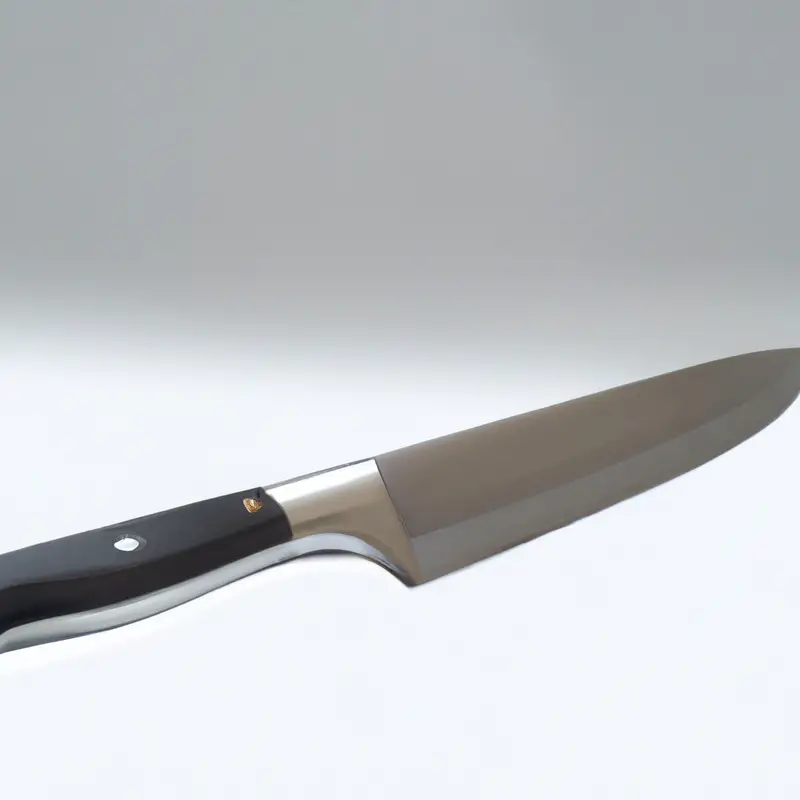
Choosing the right fillet knife: A guide to selecting the best fillet knife based on your needs and preferences
Choosing the right fillet knife is important to ensure that your cutting tasks are accomplished efficiently and effectively. Here are some factors to consider when selecting the best fillet knife for your needs and preferences:
- Blade length: The length of the blade determines how much meat or fish you can fillet at once. A shorter blade is more maneuverable, while a longer blade can handle larger fish.
- Blade flexibility: A flexible blade is excellent for filleting fish as it can contour to the shape of the bone, resulting in clean cuts. A rigid blade is better suited for trimming meat or slicing vegetables.
- Handle: A comfortable handle is essential to ensure that you have a good grip on the knife while cutting. Look for materials that are durable and slip-resistant.
- Blade material: Stainless steel blades are rust-resistant and require less maintenance. High-carbon steel is known for its durability, but it rusts more easily.
- Price range: The price range for fillet knives can vary greatly. Consider your budget and the frequency of use to determine the appropriate price point for you.
Choosing the right fillet knife requires consideration of blade length, flexibility, handle comfort, blade material, and price range. It’s crucial to select a knife that meets your specific needs and preferences to ensure a successful and enjoyable cutting experience.
Final Verdict
A fillet knife is an essential tool for any cook who wants to make precise and clean cuts on their ingredients. From filleting fish and removing bones to trimming meat and preparing vegetables, a fillet knife is a versatile instrument that can tackle a variety of tasks with ease.
By following our step-by-step guide, you can learn how to use a fillet knife like a pro and achieve professional-level results in your cooking.
Remember to always maintain your fillet knife properly and sharpen it regularly to ensure longevity and optimal performance. With the right fillet knife and a little bit of practice, you can elevate your cooking skills and create delicious and beautiful dishes that are sure to impress your guests.
Trust in the power of a fillet knife and take your culinary journey to the next level.

